Cathodic Protection (CP) is the unsung hero of the marine and buried infrastructure world, silently battling the relentless force of corrosion. Among CP methods, Sacrificial Anode Cathodic Protection (SACP) stands out for its simplicity, reliability, and independence from external power sources. However, its apparent simplicity belies the critical engineering considerations required for success. As Ehisen, experts in corrosion solutions, we delve into the five foundational pillars essential for designing, implementing, and maintaining an effective SACP system.
1. The Foundation: Anode Material Purity and Casting Integrity
The very essence of SACP hinges on the anode’s willingness to sacrifice itself. This sacrificial nature is profoundly influenced by the raw materials used and how they are transformed into the final anode.

Raw Material Purity is Non-Negotiable:
Zinc Anodes: High-purity zinc (conforming to standards like ASTM B418 Type I or MIL-A-18001H) is paramount. Even small amounts of impurities like iron (Fe > 0.0014%), lead (Pb), or cadmium (Cd) can drastically reduce efficiency. Iron, in particular, promotes the formation of a hard, insulating oxide layer (“passivation”) on the anode surface, severely curtailing current output and rendering the anode ineffective long before its theoretical capacity is consumed.
Aluminum Anodes: Modern aluminum alloy anodes (e.g., Al-Zn-In based alloys per ASTM B807/B807M or MIL-A-24779(SH)) rely on precise additions of zinc (Zn), indium (In), and sometimes silicon (Si) or cadmium (Cd) to activate the surface and maintain consistent dissolution. Contaminants like copper (Cu > 0.01%) and iron (Fe > 0.09%) are detrimental, promoting passivation and reducing efficiency. Silicon content must be tightly controlled to avoid negative impacts on performance.
Magnesium Anodes: Used primarily in low-conductivity environments (soil, fresh water), high-purity magnesium (like ASTM B843 Type M1) is essential. Iron, nickel, copper, and cobalt impurities act as harmful “cathodic poisons,” drastically accelerating self-corrosion. This means the anode wastes away producing hydrogen gas instead of useful protective current, significantly shortening its usable life.
Casting Conditions Dictate Structure & Performance:
Melting & Pouring: Precise temperature control during melting prevents oxidation and ensures homogeneous mixing of alloying elements. Turbulent pouring can trap gases (porosity) or oxides (inclusions) within the anode.
Cooling Rate: Controlled solidification is critical. Rapid cooling can lead to internal stresses, shrinkage cavities, or undesirable microstructures that might make the anode brittle or prone to uneven corrosion (“chunking”).
Core & Inserts: The steel core (usually a galvanized or pre-treated carbon steel rod or wire) must be perfectly centered and have exceptional metallurgical bonding with the anode material. Poor bonding creates a high-resistance interface, hindering current flow, or can lead to premature detachment. Casting must ensure complete encapsulation of the core and avoid voids around it.
Quality Assurance: Reputable manufacturers implement rigorous quality control, including chemical analysis of melt batches, non-destructive testing (like X-ray or ultrasonic inspection) for core bond integrity and internal defects, and visual inspection for surface flaws, dimensional accuracy, and core positioning.
In essence: An anode made from impure materials or cast poorly is like a flawed battery – its capacity and discharge rate will be unpredictable and likely insufficient, jeopardizing the entire CP system’s effectiveness from day one.
2. Matching Metal to Medium: Alloy Selection Based on Environment
The electrolyte surrounding the anode (water or soil) dictates which anode material and specific alloy will perform optimally. Conductivity, primarily driven by salinity and temperature, is the master variable.

High Salinity Environments (Seawater, Brackish Water):
Aluminum Anodes: The undisputed champion here. Modern activated aluminum alloys offer the best combination of high driving voltage (approx. 0.25V vs steel), high current capacity (approx. 2600-2800 Amp-hrs/kg), long life, and relatively low cost per unit of current delivered. They are lightweight and perform consistently across a wide range of seawater temperatures. This makes them the standard choice for ships, offshore platforms, seawater-cooled systems, and marine structures.
Zinc Anodes: Remain a reliable choice, especially in brackish conditions where salinity might fluctuate significantly. They have a slightly lower driving voltage (approx. 0.20V vs steel) and capacity (approx. 780-820 Amp-hrs/kg) than aluminum but are less susceptible to passivation in lower-flow or potentially polluted waters. They are often preferred for critical internal components (e.g., ballast tanks) or where historical performance data favors them. High-purity zinc is essential.
Low to Medium Salinity Environments (Freshwater, Low-Conductivity Soil):
Magnesium Anodes: Excel where the electrolyte resistance is high. Their high driving voltage (up to approx. 1.1V vs steel for standard alloys, approx. 1.4V for H-1 alloys) allows them to generate sufficient protective current even in freshwater, distilled water, or highly resistive soils where zinc or aluminum would be ineffective. Their lower current capacity (approx. 550-1100 Amp-hrs/kg depending on alloy) is offset by the higher voltage needed to overcome resistance. They are the primary choice for buried pipelines, storage tank bottoms, water heaters, and freshwater systems.
Zinc Anodes: Can be used in slightly brackish water or marginally conductive soils, but their effectiveness diminishes rapidly as resistivity increases beyond ~1500 ohm-cm. Their lower driving voltage struggles to push current through resistive media.
Key Considerations:
Temperature: Higher temperatures generally increase anode activity but can also accelerate self-corrosion (especially for magnesium) and reduce capacity. Aluminum alloys are generally more tolerant of temperature variations.
Water Chemistry: Pollutants, sulphides, or high levels of carbon dioxide can sometimes influence anode behavior, potentially leading to passivation. Zinc can be more sensitive in polluted waters compared to aluminum.
Flow Rate: High flow can erode anode surfaces and potentially disrupt protective films. Aluminum alloys generally show better erosion resistance than zinc.
The Crucial Takeaway: Selecting the wrong alloy for the environment is a fundamental design flaw. An aluminum anode in pure freshwater will barely function; a magnesium anode in open seawater will waste away prematurely without providing proportional protection. Expert assessment of the specific environment is critical.
3. Installation: The Physical Link to Protection
Even the best-designed anodes won’t protect effectively if installed incorrectly. Installation bridges the gap between design theory and real-world performance.

Electrical Connection: The Lifeline:
Robust & Permanent: The connection between the anode’s steel core and the protected structure must be exceptionally strong, low-resistance, and durable for the system’s design life. Welding (using approved procedures and compatible weld metals) is the gold standard for direct attachment. Thermit welding is common for pipelines.
Mechanical Connections: Where welding isn’t feasible (e.g., to coated structures, sensitive components), high-integrity mechanical clamps with proper electrical contact surfaces and corrosion-resistant hardware (e.g., stainless steel bolts, nuts, washers) are essential. These must be designed to withstand vibration, thermal cycling, and environmental exposure without loosening or corroding. The contact resistance must be negligible compared to the circuit resistance.
Cable Connections: For remote anodes (common in soil), the cable (usually HMWPE or XLPE insulated) must be properly sized for current and voltage drop. Connections to the anode core must be made with specialized, water-tight kits designed to prevent electrolyte ingress and corrosion at the termination point. These kits often involve epoxy potting, compression seals, or heat-shrink sleeves with mastic seals.
Physical Mounting: Secure and Safe:
Direct Attachment: Anodes welded or bolted directly to the structure must be positioned securely to resist hydrodynamic forces (in water), vibration, or accidental impact. Spacing from the structure surface should allow uniform current distribution and prevent shielding.
Sleds, Racks, and Bracelets: For seabed placement, large anodes are often mounted on robust steel frames (sleds). For tanks or structures, mounting racks are used. Pipe anodes are frequently cast as split “bracelets” clamped around the pipe, ensuring good electrical contact and physical stability. Hull anodes are often recessed or streamlined to minimize drag.
Soil Placement: Buried anodes must be surrounded by a suitable backfill (typically a low-resistivity, moisture-retentive bentonite clay-based mix) to ensure good current discharge and extend life by maintaining a stable environment. The backfill bag must be intact during placement. Anodes should be positioned at the correct depth relative to the structure.
Avoiding Shielding: Anodes must be placed where their current can freely reach the protected surfaces. Avoid locations where other structures, coatings, debris, or even the anode’s own mounting hardware could block the current path (“shielding”). This is particularly crucial in complex geometries like offshore jackets or vessel internals.
Safety First: Installation often involves hot work (welding, cutting), working at heights, or in confined spaces (tanks). Strict adherence to safety protocols (permits, gas testing, ventilation, PPE, fall protection) is non-negotiable. Working near hydrocarbons requires explosive atmosphere (ATEX) precautions.
The Bottom Line: A poor connection or insecure mount renders the anode useless. Installation quality directly impacts the system’s reliability and longevity. Cutting corners here guarantees premature failure.
4. Predicting the End: Anode Life, Monitoring, and Replacement
Sacrificial anodes are consumables. Understanding their lifespan and planning for replacement is integral to maintaining continuous protection and avoiding catastrophic corrosion failures.

Calculating Anode Life:
The theoretical life of a sacrificial anode can be estimated using a fundamental formula:
Life (Years) = (Mass of Anode Metal (kg) x Utilization Factor x Anode Capacity (Amp-hr/kg)) / (Annual Average Current Demand (Amps) x 8760 hrs/year)
Mass: The net weight of the active anode material (excluding core, inserts, mounting hardware).
Utilization Factor: Represents the fraction of the anode mass that is effectively consumed before it ceases to function reliably (e.g., due to loss of core contact, excessive chunking, or depletion). Typically 85-90% for well-designed zinc/aluminum anodes, 50-70% for magnesium.
Anode Capacity: A material property (e.g., ~780 A-h/kg for Zinc, ~2600 A-h/kg for Al, ~550-1100 A-h/kg for Mg depending on alloy).
Current Demand (I): The total current required to polarize and maintain protection on the entire structure. This is derived from the structure’s surface area and its required current density (mA/m²), which depends on environment, coating condition, temperature, etc. This is often the most uncertain variable and a major source of error if underestimated.
Factors Accelerating Consumption:
Higher Than Design Current Demand: Poor initial coating, coating damage/degradation over time, increased exposure area, higher water temperature, lower salinity than expected (for Zn/Al).
Low Anode Utilization: Poor core bonding, severe chunking, passivation due to impurities or environment.
Mechanical Damage: Impact, abrasion, erosion.
Electrical Shorts: Accidental contact between the protected structure and an unrelated bare metal object (e.g., a dock, another vessel, debris) can divert massive amounts of CP current, rapidly depleting anodes.
Monitoring: The Eyes on the System:
Potential Measurements: The cornerstone of CP monitoring. Using a reference electrode (Ag/AgCl for seawater, Cu/CuSO4 for soil), measure the electrochemical potential of the protected structure. Readings more negative than the minimum protective potential (e.g., -0.80V vs Ag/AgCl for steel in seawater) generally indicate protection. Regular surveys track performance trends.
Visual Inspection: Periodic checks (diving, ROV, dry-docking, excavation) are vital to assess anode physical condition (remaining mass, chunking, core exposure, secure mounting) and identify coating damage or unforeseen issues like marine growth shielding or debris accumulation.
Current Output Measurement: Measuring the current flowing from individual anodes (using shunt resistors or clamp-on ammeters) helps verify they are functioning as designed and identifies potential imbalances or failures.
Replacement Triggers & Strategy:
Depletion Threshold: Anodes are typically replaced when they reach 60-80% consumption (based on inspection/measurement) to ensure a safety margin and avoid protection gaps.
Failure Indicators: Loss of electrical continuity, severe chunking exposing the core, physical detachment, or inability to achieve protective potentials despite sufficient theoretical anode mass remaining.
Proactive Planning: Replacement should be planned well in advance based on monitoring data and life calculations. It’s often integrated with scheduled maintenance periods (e.g., vessel dry-docking, pipeline inspection). Consider ease of access during initial design.
Record Keeping: Meticulous documentation of anode installation dates, locations, initial weights, inspection findings, and potential readings is essential for predicting future replacement needs and auditing system performance.
The Imperative: Treating anodes as “fit and forget” is a recipe for disaster. Proactive monitoring and planned replacement are the only ways to ensure the SACP system delivers continuous protection throughout the asset’s life.
5. The Art & Science of Placement: Optimizing Protection Coverage
Where you put the anodes is as critical as what anodes you use. Effective placement ensures uniform protection without over-protection (which can damage coatings) or under-protection (leading to corrosion).

Principles of Current Distribution:
Attenuation: Protective current diminishes with distance from the anode due to the electrical resistance of the electrolyte (water/soil). The higher the environment’s conductivity (lower resistivity), the farther the current will travel effectively.
Shielding: Physical obstructions (other structures, hull appendages, debris, even dense marine growth) block the direct path of current, creating localized “shadows” where protection is inadequate. Coatings act as intentional shields, reducing the bare metal area needing protection.
Edge Effects & Geometric Complexity: Current tends to concentrate on edges, corners, welds, and near discontinuities. Complex shapes (stiffeners, flanges, pipe supports, nodes on offshore structures) require careful attention.
Designing the Layout:
Zoning: Divide the structure into logical zones based on geometry, environment (e.g., splash zone vs. submerged), coating quality, and criticality. Calculate the required current for each zone.
Anode Spacing: Based on the required current output per anode (determined by size/type), the total current needed for the zone, and the attenuation characteristics. Aim for even distribution. Typical hull anode spacing might be 3-5 meters along the length; pipeline bracelet anodes might be spaced 100-300 meters apart depending on soil resistivity and coating quality. Modeling software is often used for complex structures.
Proximity to Critical Areas: Ensure sufficient anode mass and strategic placement near high-risk areas like welds, stress concentrations, damaged coating zones, or areas prone to impingement.
Avoiding Adverse Effects: Position anodes to minimize the risk of hydrogen evolution (which can damage high-strength steels or cause coating disbondment) on critical components, especially if using high-driving-voltage magnesium anodes. Avoid placing anodes directly opposite sensitive equipment if stray current interference is a potential concern.
3D Thinking: Protection must cover all exposed surfaces. For complex structures like offshore platforms, this requires anodes on legs, braces, conductors, and subsea components, considering how current flows through the 3D space. Hulls require anodes distributed along the length, breadth, and depth.
Coating Synergy: A high-quality, well-maintained coating is the first line of defense and drastically reduces the current demand on the CP system. SACP protects the inevitable coating defects (holidays). The design must account for the expected coating condition over time (Coating Breakdown Factor).
Verification and Adjustment: Initial CP surveys after installation are crucial to verify protection levels across the structure. If under-protected or over-protected areas are found, the anode layout or output may need adjustment. Periodic re-surveys monitor changes due to coating degradation or anode depletion.
The Goal: Achieve a uniform protective potential (within the optimal range) across the entire structure, maximizing anode utilization and lifespan while preventing localized corrosion. Poor placement leads to wasted anodes protecting the same easy-to-reach spot while critical areas corrode unseen.
Conclusion: The Symphony of Success
Implementing an effective Sacrificial Anode Cathodic Protection system is not merely about bolting on some metal blocks. It’s a sophisticated engineering discipline demanding careful consideration at every stage:
Specify anodes made from rigorously controlled, high-purity materials cast under exacting conditions to ensure reliable electrochemical performance.
Select the optimal anode alloy (Aluminum, Zinc, Magnesium) based on a thorough understanding of the specific environment’s salinity, resistivity, and chemistry.
Install anodes with flawless electrical connections and robust physical mounting, adhering to the highest safety standards to guarantee long-term functionality and integrity.
Monitor anode consumption and system performance diligently, using potential measurements and inspections, and proactively plan for anode replacement based on sound calculations and observed depletion rates.
Design the anode placement strategically using principles of current distribution, considering attenuation, shielding, and structure geometry, to achieve uniform and complete protection coverage.
Neglecting any one of these five pillars compromises the entire system. When executed correctly, however, SACP becomes a remarkably reliable and cost-effective guardian, silently extending the service life of valuable marine and buried infrastructure by decades. At Ehisen, we understand that the devil is in these critical details, and we are committed to providing the expertise and high-quality components necessary to ensure your cathodic protection system performs flawlessly, protecting your investments against the relentless tide of corrosion. Consult with our specialists to design and implement a SACP solution built on these fundamental principles of success.

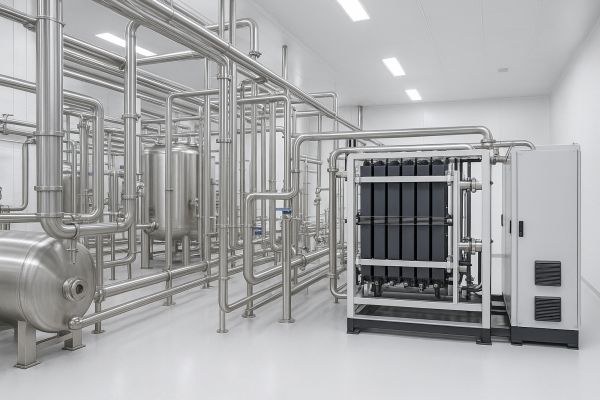
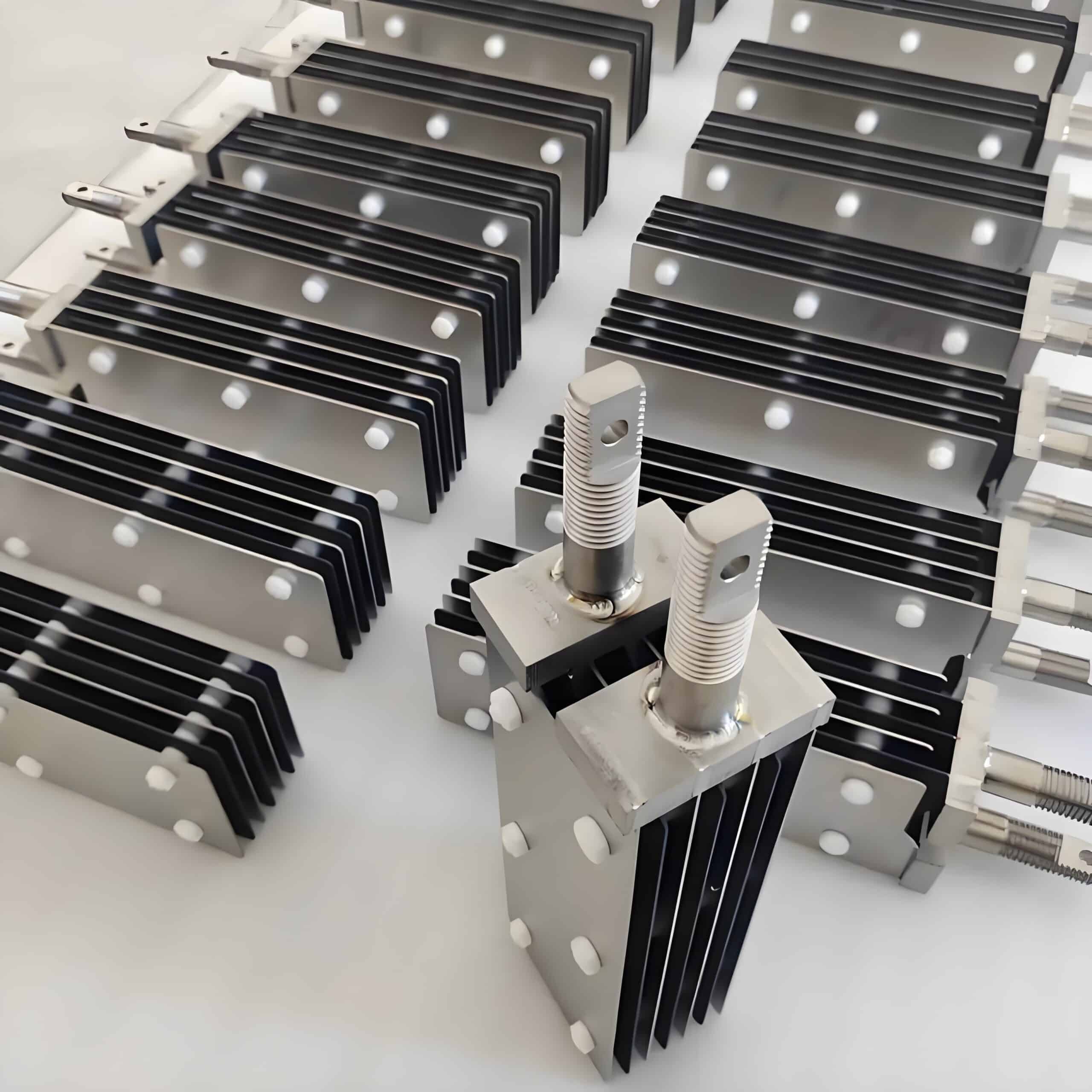
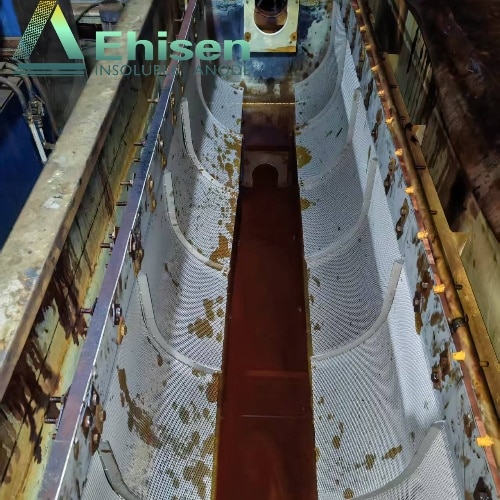
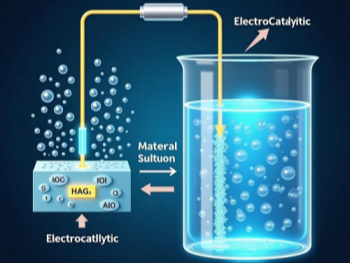
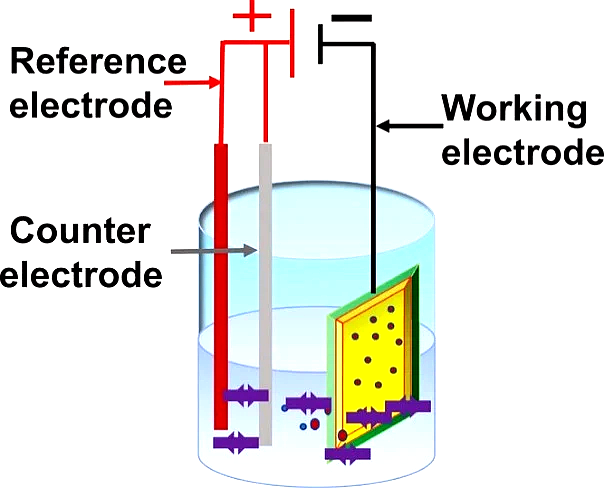
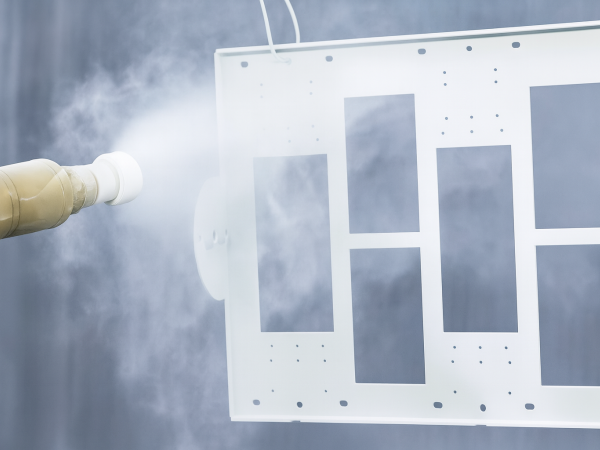


One Response
I am glad to be a visitor of this arrant blog! , thankyou for this rare information! .